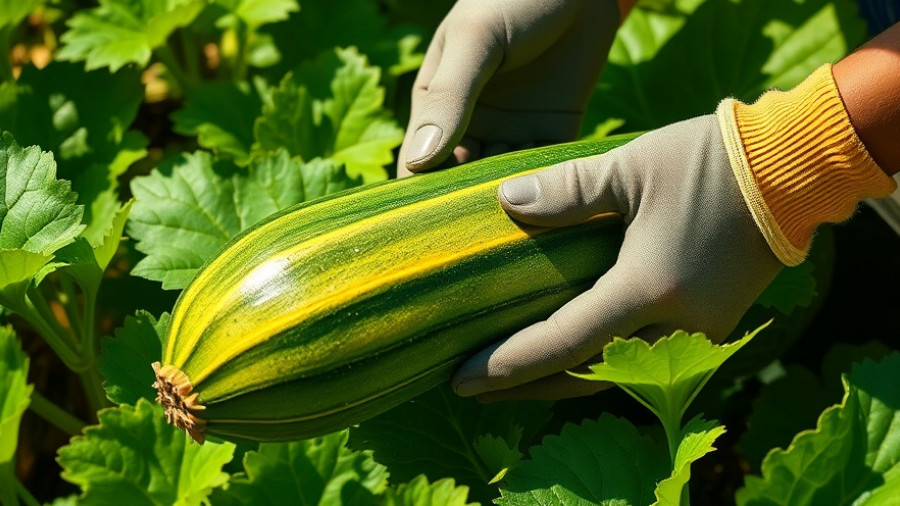
Unlocking the Secrets to Successful Harvesting
Harvesting is often seen as the final reward for a gardener's dedication, but did you know that it's also a crucial process that influences the quality and longevity of your plants? To master the art of harvesting, understanding timing, techniques, and tools is essential. Let's delve into these aspects to ensure that every harvest maximizes flavor and nutrition.
The Importance of Timing in Harvesting
Good harvests are not accidents; they are the result of meticulous planning. Just like a well-executed play in a sports game, successful harvesting requires strategic timing. If you've ever had your zucchinis and tomatoes ripen all at once or missed the peak moment for your carrots, you know the chaos poor timing can introduce into your garden.
To stay ahead, maintaining a garden calendar is key. Ensure you understand your growing season length and what varieties thrive best in your local climate. This foresight allows for staggered planting, which can help prevent the issue of everything ripening simultaneously.
Understanding Crop-Specific Harvesting Needs
Every plant has its own set of criteria for peak ripeness. Getting this right can be the difference between a sweet, juicy tomato and a mealy one. Here’s a quick guideline based on key vegetable categories:
- Leafy Greens: Leafy greens like lettuce and spinach should be harvested when they reach about 4 to 6 inches. If left too long, expect bitterness and tougher textures.
- Root Vegetables: Carrots should ideally be harvested when they reach about ¾ inch wide, while beets should be around 2 to 3 inches across. Waiting too long can lead to undesired textures.
- Fruiting Vegetables: Tomatoes need to be fully colored and firm but avoid early harvesting for best flavor. Be mindful not to let them overripen or soften.
Tools of the Trade: Enhance Your Harvesting Experience
Having the right tools at your disposal not only makes harvesting easier but can significantly improve your results:
- Pruning Shears: Ideal for fruits and vegetables with thicker stems.
- Harvesting Knife: Perfect for large leafy greens and root crops.
- Garden Scissors: Great for herbs and delicate fresh produce.
- Ergonomic Harvest Baskets: Essential to keep produce safe and prevent bruising.
Sustainable Harvesting: Eco-Friendly Practices
In a world becoming increasingly aware of sustainability, adopting eco-friendly harvesting practices is vital. Techniques such as the cut-and-come-again method encourage healthy regrowth by only harvesting outer leaves of leafy vegetables. Additionally, leaving nitrogen-fixing roots in the soil can enrich your garden organically while preserving biodiversity.
Common Mistakes Every Gardener Should Avoid
Even experienced gardeners can fall victim to simple mistakes. Here are some to be aware of:
- Harvesting Too Early: Picking premature produce can negatively affect the taste and size.
- Plant Damage: Always use the right tools; improper methods can harm your plants.
- Overripe Produce: This invites pests and decreases overall yield.
Looking Ahead: Predictions for Gardening Trends
As we move forward, gardening trends are expected to shift towards more sustainable practices and less reliance on chemical inputs. Emphasizing organic methods not only contributes to healthier plants but fosters a more vibrant community of gardeners who share best practices and support one another.
Now that you are equipped with tips on harvesting correctly, the best part of gardening can truly be enjoyed: a bountiful harvest. Plan accordingly, understand your plants, use the right tools, and avoid common mistakes to make the most out of your gardening efforts.
Ready to enhance your gardening experience? Explore professional guides on maximizing yields and sustainable practices that you can implement in your backyard. This will not only improve your garden but may inspire others in your community!
 Add Row
Add Row  Add
Add 




Write A Comment